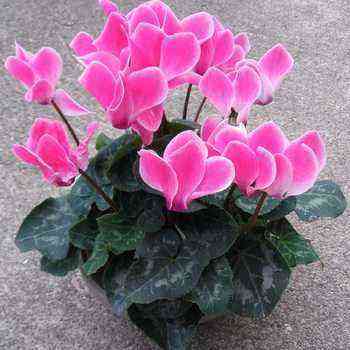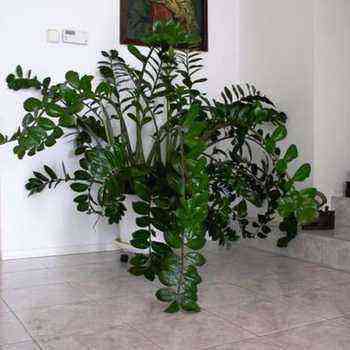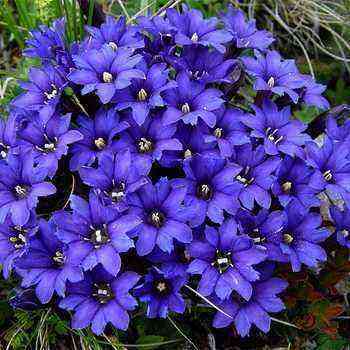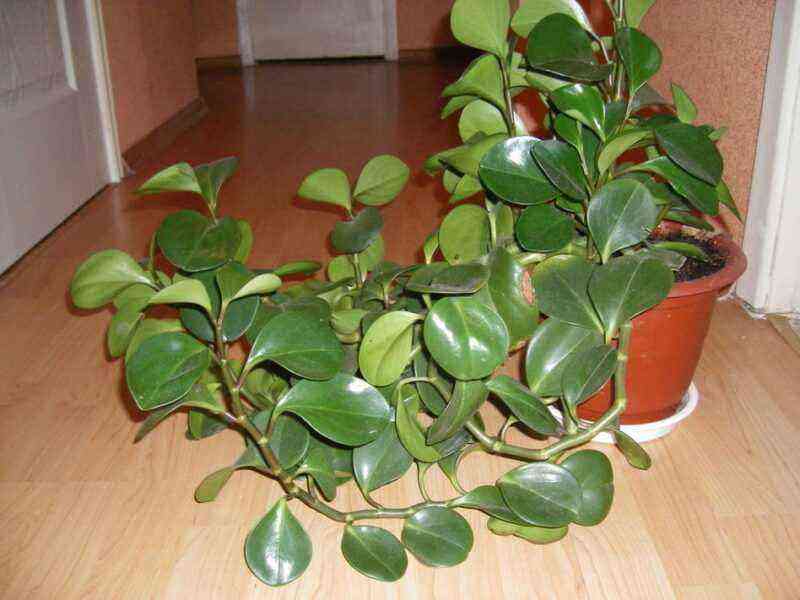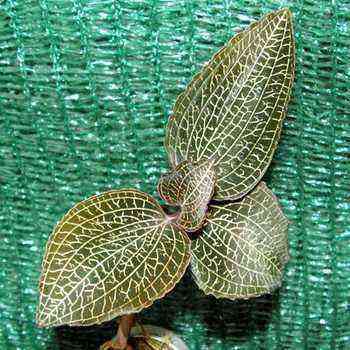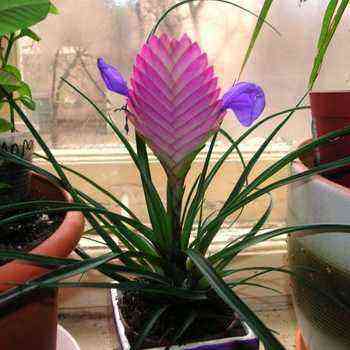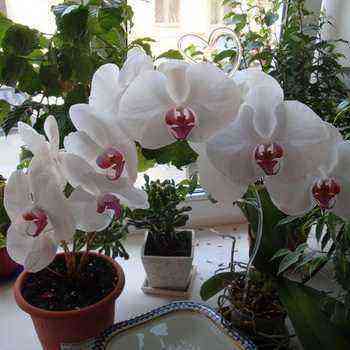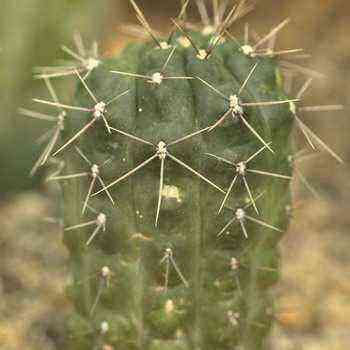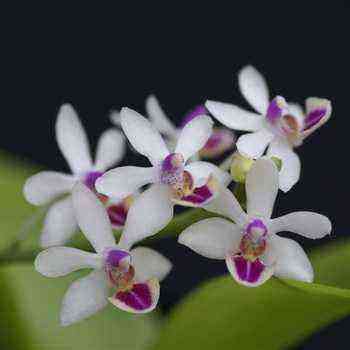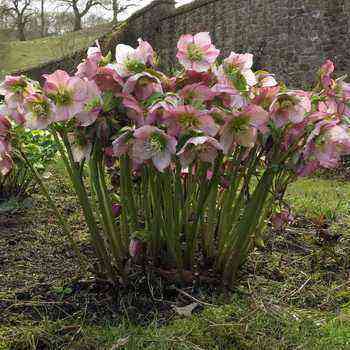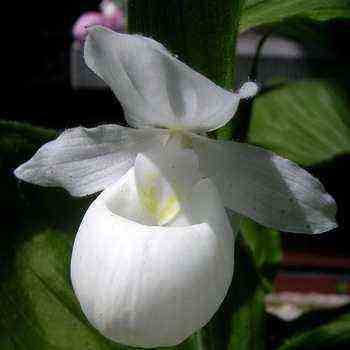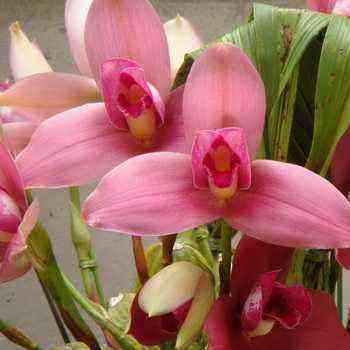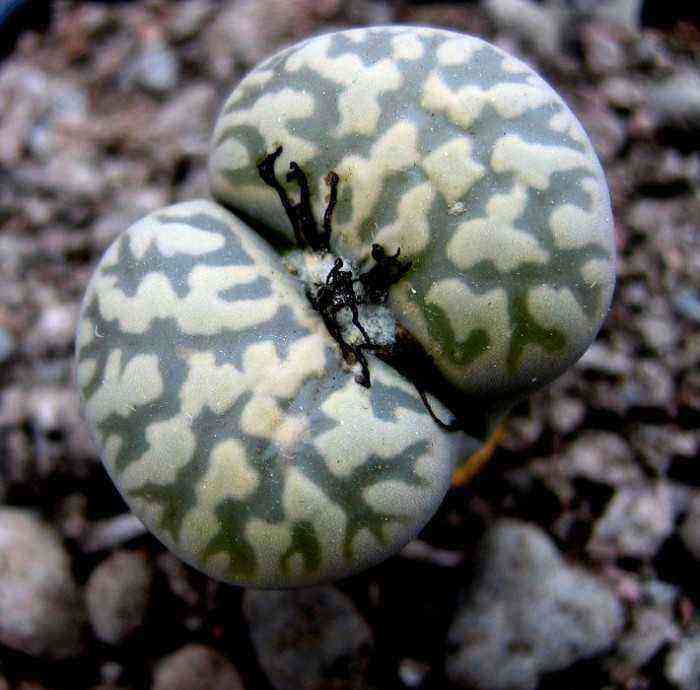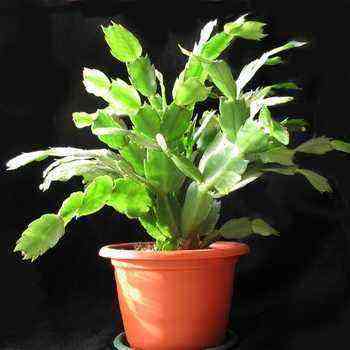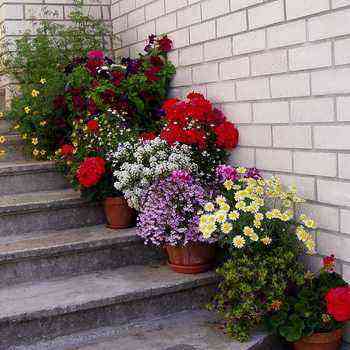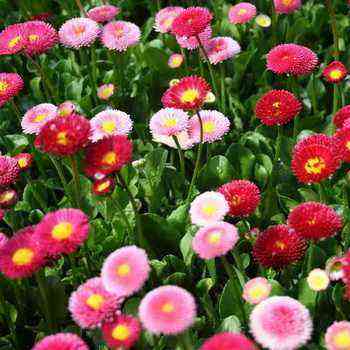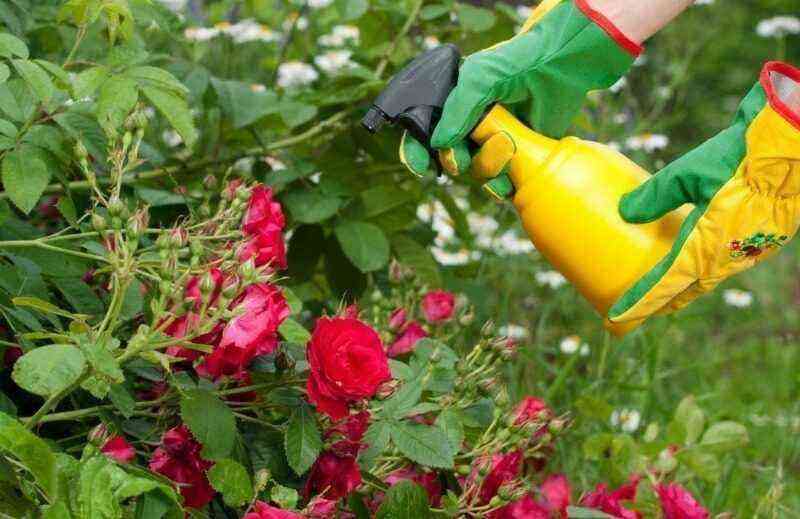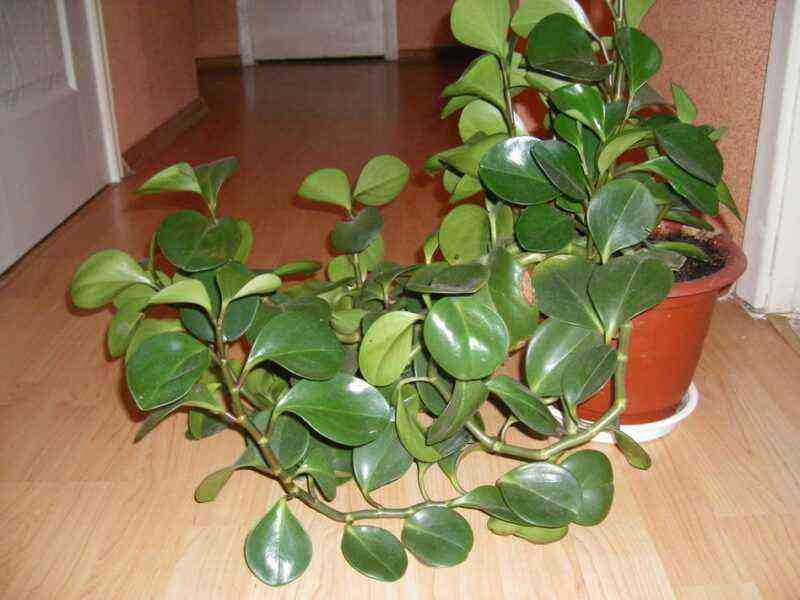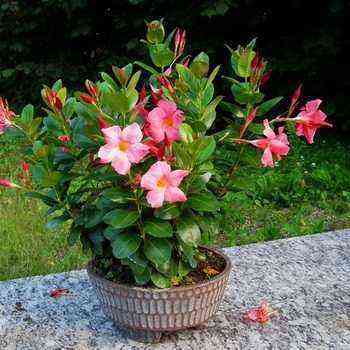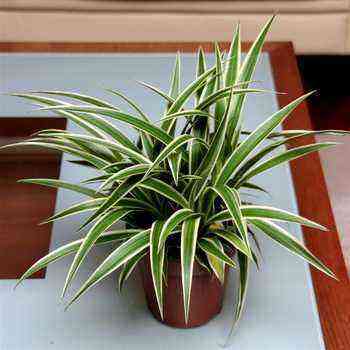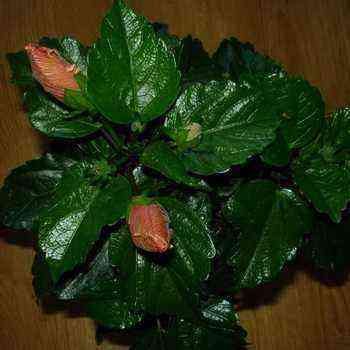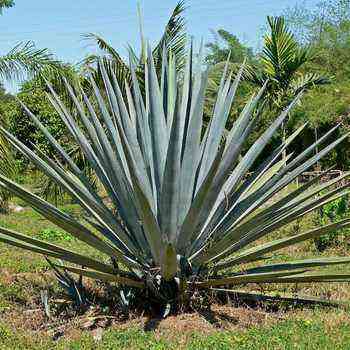 Liana philodendron is an excellent ampelous plant that can decorate any tall flower stand. If you install a special support in the pot, you can form a high pyramid from this culture. Another option for cultivating a philodendron flower is to add varieties with small leaves to tubs with palms or other large indoor trees to create a beautiful green “rug”.
Liana philodendron is an excellent ampelous plant that can decorate any tall flower stand. If you install a special support in the pot, you can form a high pyramid from this culture. Another option for cultivating a philodendron flower is to add varieties with small leaves to tubs with palms or other large indoor trees to create a beautiful green “rug”.
The plant philodendron (Philodendron) belongs to the Aroid family.
Homeland – the tropics of South America.
Philodendron brings together numerous tropical plants. These are lianas, climbing with the help of aerial roots, sometimes creeping along the ground and forest deadwood, few species have a shortened stem. All parts of the plant contain milky sap.
The leaves are large, oval or oblong, with a heart-shaped or arrow-shaped base, whole, lobed or pinnately dissected.
In philodendron, from each node of the stem, aerial roots are formed, which they need in the jungle. They help the plant to wrap itself around tree trunks and climb to where there is more light. Roots lying on the ground provide the plant with nutrients and moisture.
Do not remove aerial roots from an indoor plant. Better to tie them to a special support covered with palm fiber – they will become an additional source of power for him.
Look at the photo – the flowers of the philodendron are unisexual, without a perianth, on the cob, surrounded by a white, yellowish or red blanket:
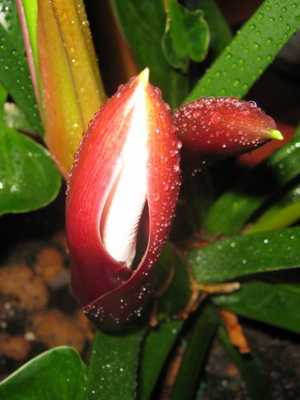
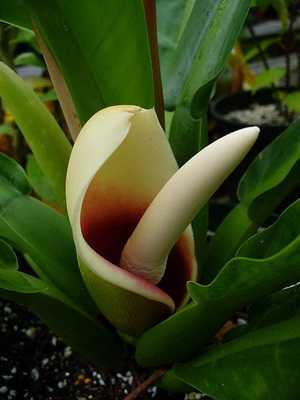
At the base of the ear are pistillate flowers, above them – staminate, at the top – underdeveloped sterile ones. The fruit is a berry.
Varieties of the philodendron plant
More than 250 species are known that grow in the tropics of Central and South America. Climbing philodendron (Ph. Scandens), Sello philodendron (Ph. Sellourn) and others are grown in greenhouses and rooms as ornamental plants.
The most popular are:
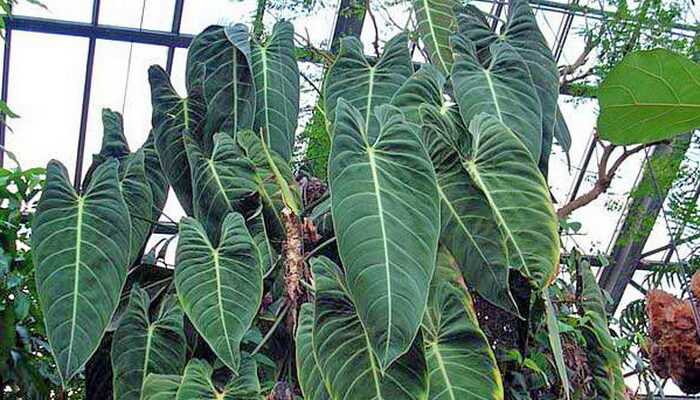
Philodendron Andre (Ph. Andreanum)
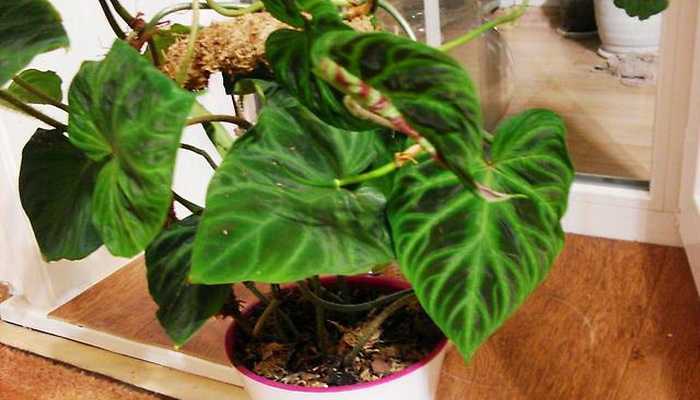
Philodendron warty (Ph. Verrucosum)
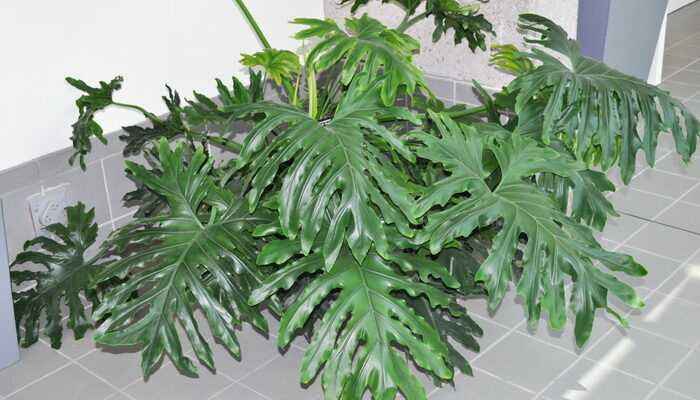
Philodendron Village (Ph. Selloum)
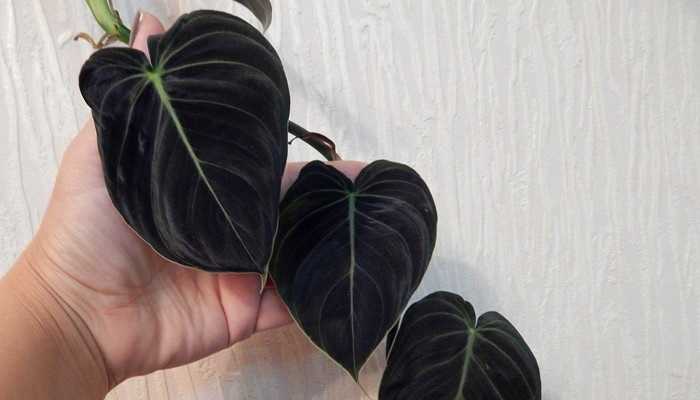
Philodendron golden black (Ph. Melanochtysum)
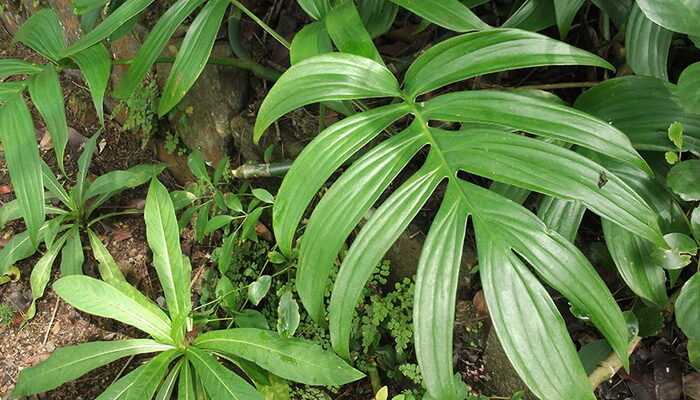
Philodendron graceful (Ph. Elegans)
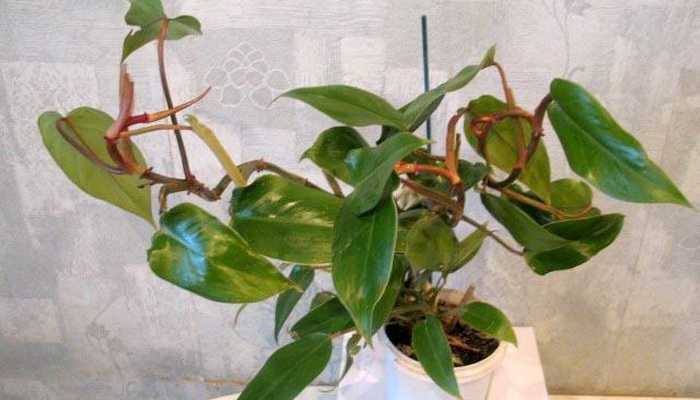
Philodendron blushing (Ph. Erubescens)
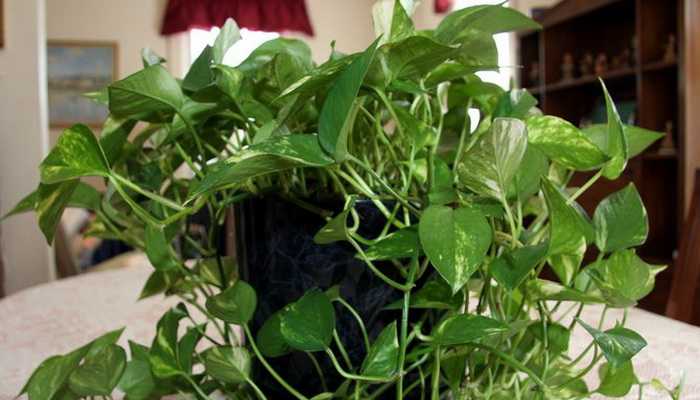
Philodendron climbing (Ph. Scandens)
Of the many varieties of philodendron, the most common are:
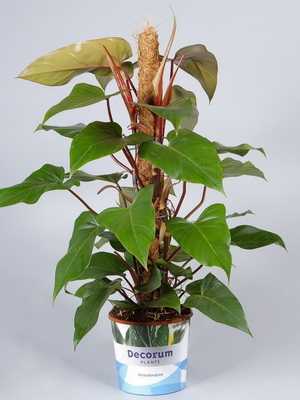
Philodendron blushing

Philodendron blushing in the photo
Philodendron blushing and its varieties with linear, elongated-pointed leaves up to 40 cm long. In a young plant, the leaves and shoots are red, eventually acquire a grayish color. An adult plant has wide, rounded-elongated leaves (15 cm wide, 20 cm long);
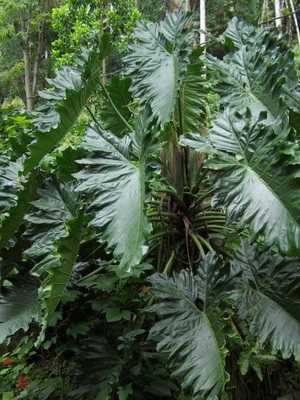
Philodendron Zello

Philodendron Zello pictured
Philodendron Zello – the plant has a tree-like stem with large leaves dissected into lobes. Their size can reach 30-70 cm in width and 40-90 cm in length. Yellow flowers are collected on the cob.
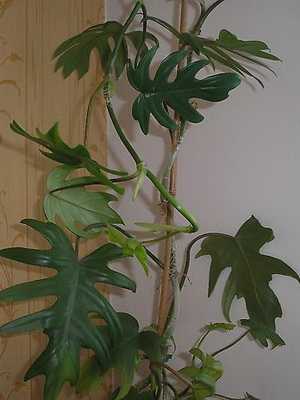
Philodendron graceful
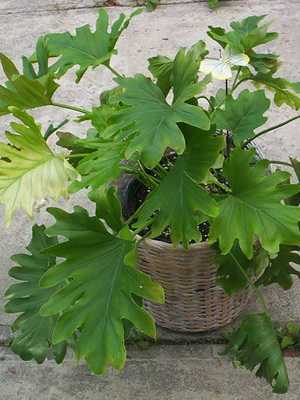
Philodendron graceful in the photo
Philodendron graceful – liana. Evergreen. The leaves are deep-feathery, oblong-oval in shape, reaching 30-50 cm in width and 40-70 cm in length. They have a round petiole.

Philodendron climbing
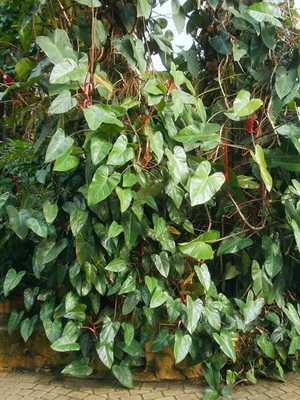
Philodendron climbing in the photo
Philodendron climbing (Ph. Scandens) – ornamental deciduous liana-like plant with a thin stem up to 3 m long. Leaves 5–8 cm long, cordate, with long-pointed tips, leathery, glossy, bronze, turning green with age, with pale green petioles 5–10 cm long. philodendron of this species, it is worth noting that some of its forms have leaves with a metallic sheen, as well as with small reddish-brown leaves. Does not bloom in indoor culture.
In addition, indoor types include:

Philodendron double-feathered
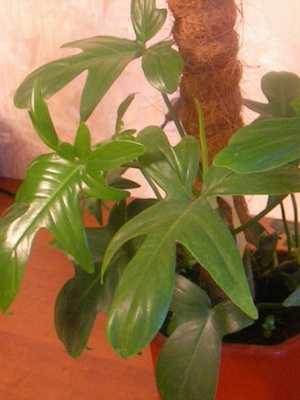
Philodendron double-feathered in the photo
Philodendron double-feathered with long linear leaves with uneven edges; Philodendron Wendland with rounded-elongated green leaves and longitudinal central veins on them.
These photos show the types of philodendrons, the names of which are given above:

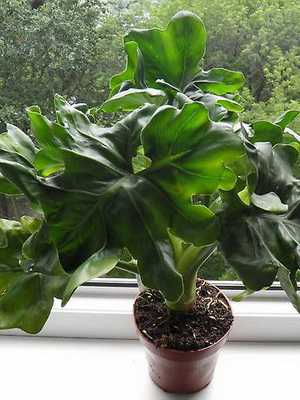
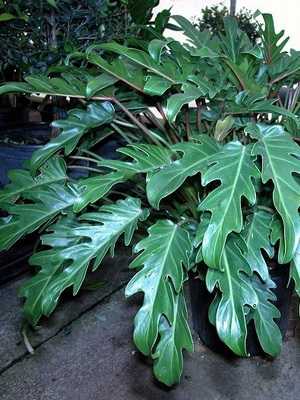

Growing a philodendron at home (with video)
Philodendrons need protection from direct sunlight. This plant should be placed in a well-lit area. On especially sunny summer days, the plant needs to be shaded. The air temperature in the room where the plant is located should be very high – not lower than 20-25 ° C. In winter, the room temperature should not fall below 15 ° C.
When caring for flowers, remember that philodendrons do not like drafts.
The best substrate is humus, sod land, peat and sand (1: 3: 1: 0,5).
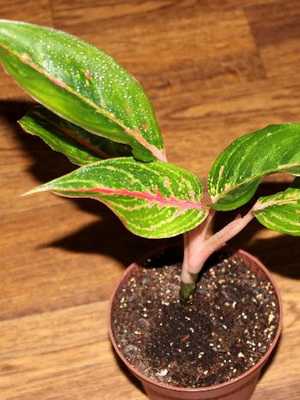
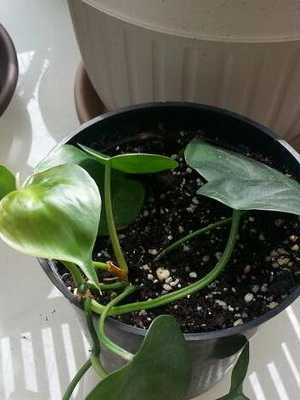
Philodendron loves uniformly moist soil and does not tolerate stagnant water. The plant needs high humidity all year round. This can be achieved by placing a container of water near the pot, and spray it once every two weeks.
Moderate watering with lime-free water at room temperature. In summer, the plant should be sprayed regularly. In the autumn-winter period, reduce watering, but make sure that the roots do not dry out.
When caring for philodendrons at home in the spring-summer period, it is necessary to apply complex mineral fertilizers once every two weeks. During the rest period, fertilize once a month.
During the period of increased growth and development (March – October), plants are fertilized with flower fertilizers for decorative leafy plants.
Overgrown shoots should be pruned every spring.
Reproduction is carried out by apical or stem cuttings or shoots, often appearing in the lower part of the stems, at a temperature of 24-26 ° C.
The main pests are thrips, scale insects and spider mites. Excess moisture in the soil and watering with too cold water lead to root rot.
When growing a philodendron, the following problems are possible.
Rhizome decay. Reason: excess moisture. Make sure that the water in the sump does not stagnate.
Yellowing leaves. Reason: lack of moisture. You should water the plant more often and monitor the humidity in the room.
The appearance of mottling on the leaves. Reason: direct sunlight hit them. The plant should be shaded.
It should be remembered that these plants are poisonous, their juice can irritate the mucous membranes of the eyes and nose.
In decorative floriculture, philodendrons are used mainly for vertical gardening.
Watch the video “Caring for a Philodendron” to get a better idea of how to grow this vine:
